Rising Environmental Concerns
The Liquid Chlorine Market is significantly influenced by rising environmental concerns, prompting a shift towards more sustainable practices. As awareness of environmental issues grows, industries are increasingly seeking eco-friendly alternatives to traditional chlorine products. Liquid chlorine, when used responsibly, offers a more efficient and less harmful option for water treatment and disinfection. Market data suggests that the demand for environmentally friendly chemicals is on the rise, with a projected increase of 6% in the next few years. This trend is likely to drive innovation in the liquid chlorine market, as manufacturers explore ways to enhance the safety and sustainability of their products. Additionally, regulatory bodies are imposing stricter guidelines on chemical usage, further encouraging the adoption of liquid chlorine as a viable solution for various applications.
Increased Focus on Water Quality
The Liquid Chlorine Market is experiencing an increased focus on water quality, driven by public health initiatives and regulatory requirements. As communities prioritize access to clean and safe drinking water, the demand for effective disinfection methods has surged. Liquid chlorine is recognized for its efficacy in eliminating pathogens and ensuring water safety. Market data reveals that investments in water treatment infrastructure are expected to rise, with a projected growth rate of 7% in the coming years. This trend is likely to propel the liquid chlorine market, as municipalities and private entities seek reliable solutions for water purification. Additionally, the emphasis on maintaining high water quality standards in various sectors, including agriculture and food processing, further underscores the importance of liquid chlorine in the market.
Increasing Use in Swimming Pools
The Liquid Chlorine Market experiences a notable surge in demand due to the increasing use of liquid chlorine in swimming pools. As recreational activities gain popularity, the need for effective water sanitization becomes paramount. Liquid chlorine serves as a primary disinfectant, ensuring safe swimming conditions. The market data indicates that the swimming pool segment accounts for a significant portion of liquid chlorine consumption, with estimates suggesting a growth rate of approximately 5% annually. This trend is likely to continue as more households invest in pool facilities, thereby driving the liquid chlorine market further. Additionally, the rising awareness of hygiene and health standards in public and private swimming facilities contributes to the sustained demand for liquid chlorine, reinforcing its position in the market.
Expansion in Industrial Applications
The Liquid Chlorine Market is witnessing an expansion in industrial applications, particularly in the production of various chemicals. Liquid chlorine is a vital raw material in the synthesis of numerous compounds, including solvents, plastics, and pesticides. The chemical manufacturing sector has shown a consistent growth trajectory, with projections indicating a compound annual growth rate of around 4% over the next few years. This growth is largely attributed to the increasing demand for chlorine-based products across multiple industries, including agriculture and pharmaceuticals. As industries continue to innovate and expand, the reliance on liquid chlorine is expected to rise, thereby bolstering the liquid chlorine market. Furthermore, the versatility of liquid chlorine in various chemical processes enhances its appeal, making it an indispensable component in the industrial landscape.
Technological Innovations in Production
The Liquid Chlorine Market benefits from technological innovations in production processes, which enhance efficiency and reduce costs. Advances in manufacturing technologies, such as membrane cell technology, have improved the production of liquid chlorine, resulting in higher purity levels and lower energy consumption. This shift is crucial, as the market data indicates that production costs have a direct impact on pricing strategies and overall market competitiveness. As companies invest in modernizing their facilities, the liquid chlorine market is likely to experience a boost in supply capabilities. Furthermore, these innovations may lead to a decrease in environmental impact, aligning with the growing demand for sustainable practices. The integration of automation and digital technologies in production processes also holds the potential to streamline operations, thereby fostering growth in the liquid chlorine market.


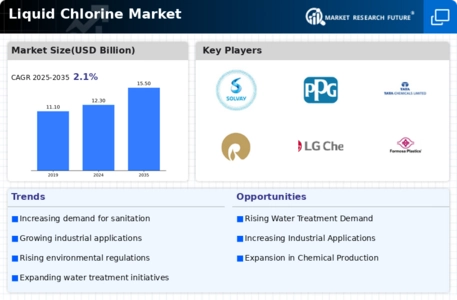
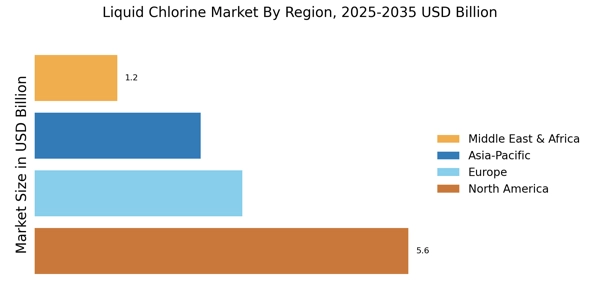

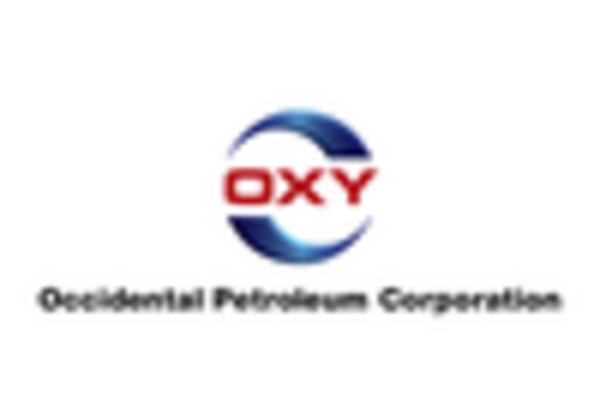
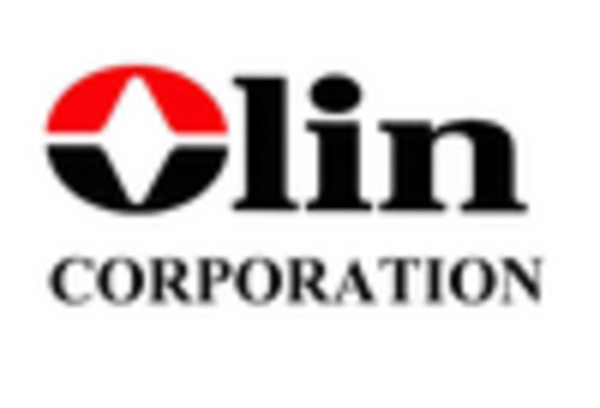

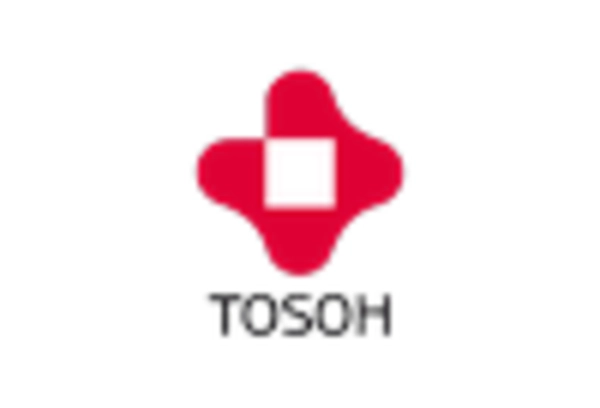
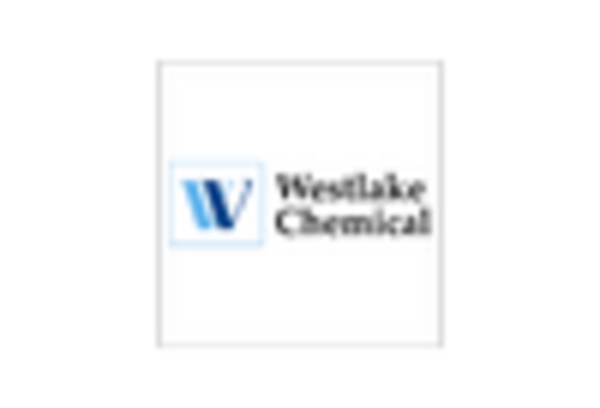








Leave a Comment